Worldwide, street food is more popular than ever. In Germany, people wait in lines in front of entrances to street food markets. It seems they are all tired of the same old standard fast food – it hasn’t satisfied their hunger for a long time now. They are looking for greater variety and long for quality food that is prepared in a simple way, yet still appeals to their individual tastes. We wanted to know: where does this hunger for street food come from?
Street Food Indulgence: a Worldwide Mushrooming Trend from Oliver Schrott Kommunikation on Vimeo.
Street food – the name gives it away – is food you can buy on the street. The vendors offer their prepared meals in trucks, small carts, trailers, tents or caravans. There are no dining rooms like in a restaurant or even a snack stall (although in New York, some food carts have regular locations). They are always there at fixed times so that people can expect to get their favorite food. In some cases, vendors even twitter their locations in advance.
Usually, people eat right there, from hand to mouth. The meals come from all over the world: burgers in the most diverse ways, burritos, Kimchi; specialties from Africa, Asia, the U.S. and Europe; sweet, sour, savory or spicy. The quality of the food and its origin – especially its regional origin – plays an important role. The same applies to freshness and the method of preparing the individual meals.
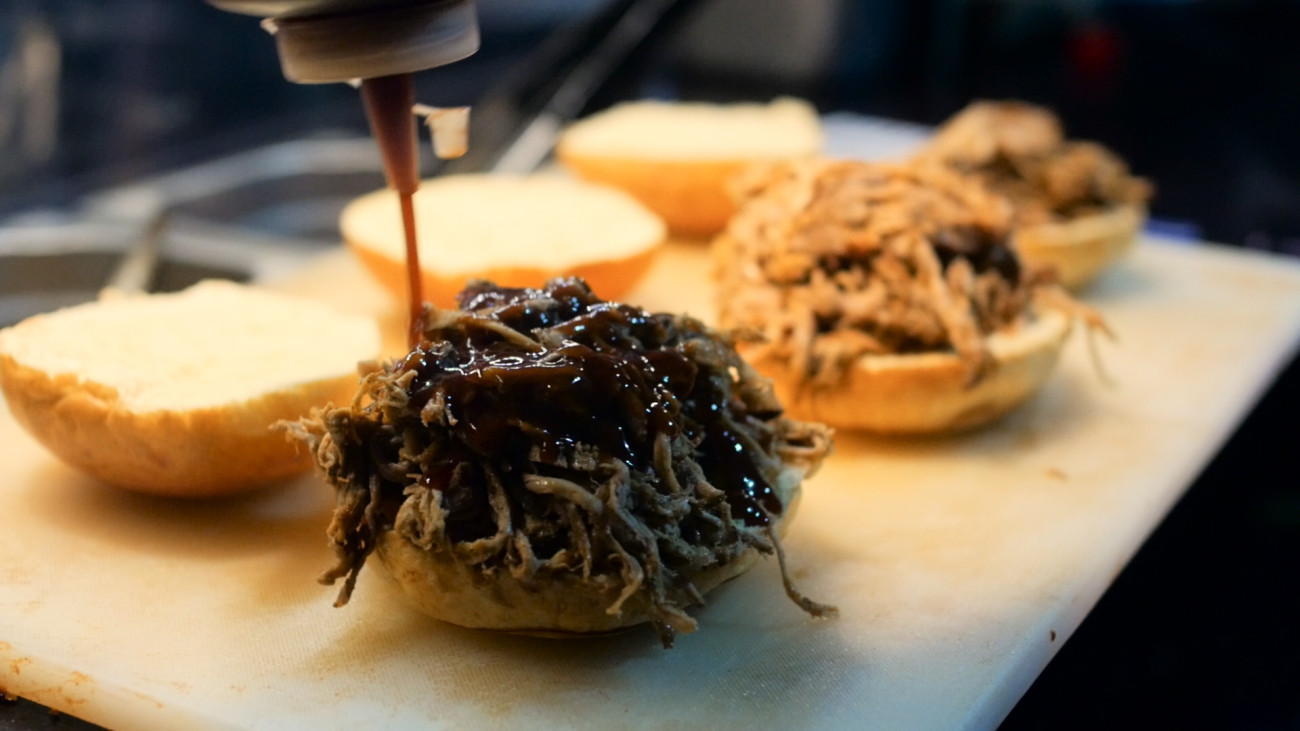
However, it is not just the food itself which attracts street food fans. It is the atmosphere that accounts for a great deal of the attraction. Those who enjoy having a look into the kitchen and watch the cook at work will likely come again. “People decide what they like. And as opposed to in a restaurant, they can give the cook their opinion directly,” Sean Basinski explains. He is the founder of the Vendy Awards; nicknamed the “Street Food Oscars”. Since 2005, this prize has been awarded in New York.
To come together with others and share this passion and curiosity makes food the “new disco.” And this “club,” this dance of different tastes attracted us. We wanted to understand the “taste rave”. This is why we met with Sean Basinski and many other connoisseurs of the street food scene. The central question of our voyage was “where does this hunger for street food come from?”
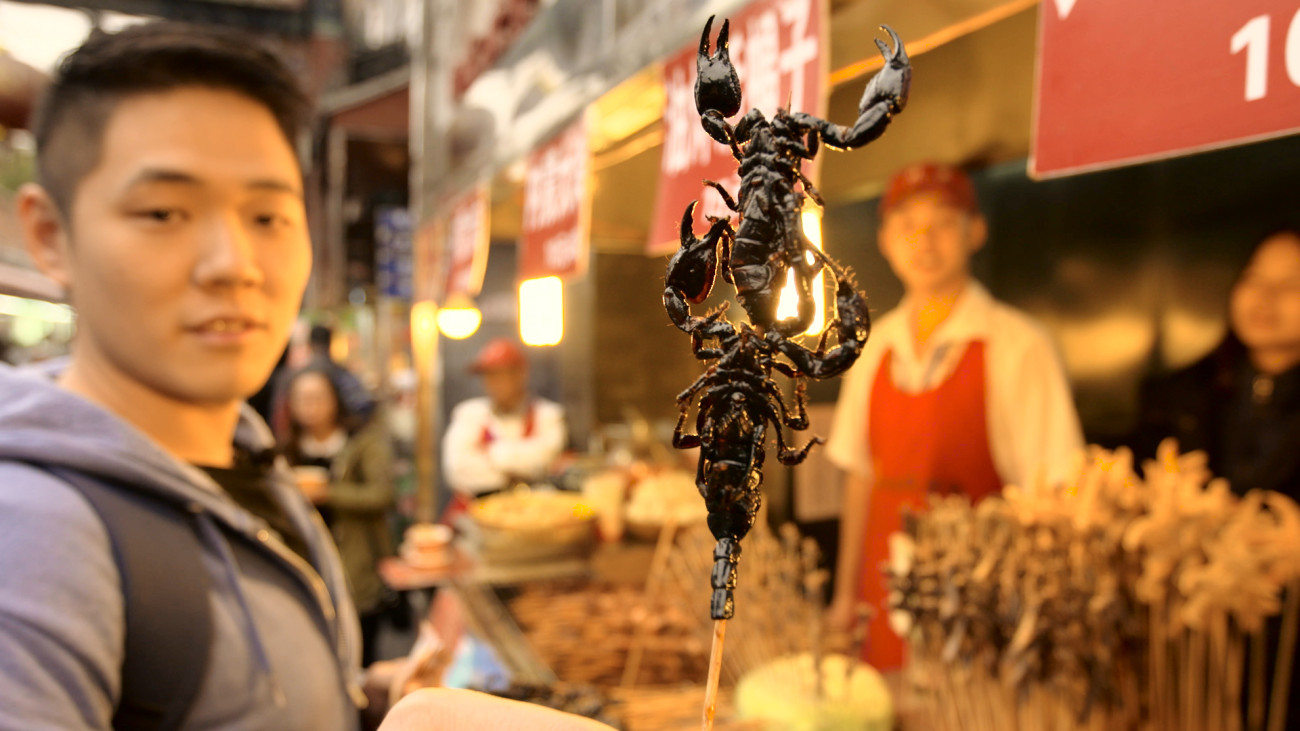
In Germany, Berlin is the epicenter of this hype. The “Markthalle 9” within the district of Kreuzberg was one of the first locations to organize a street food market on a regular basis: “Street Food Thursday”. “Actually, Berlin plays the central role in the street food movement in Germany,” states the food sociologist Dr. Daniel Kofahl. “This is not only due to the “Markthalle 9,” which spurred the entire movement, but also thanks to the many creative people here who pushed it so much.” According to Kofahl, the reason why street food developed so well is the fact that society has become more fast-paced and complicated. People have less and less time on their hands but they are not willing to stuff their stomachs with fast food of inferior quality. People’s lives have become more complicated and fast-moving. This trend, however, is no longer limited to the capital. For a while now, cities like Hamburg, Frankfurt, Düsseldorf and many others have organized their own street food festivals.
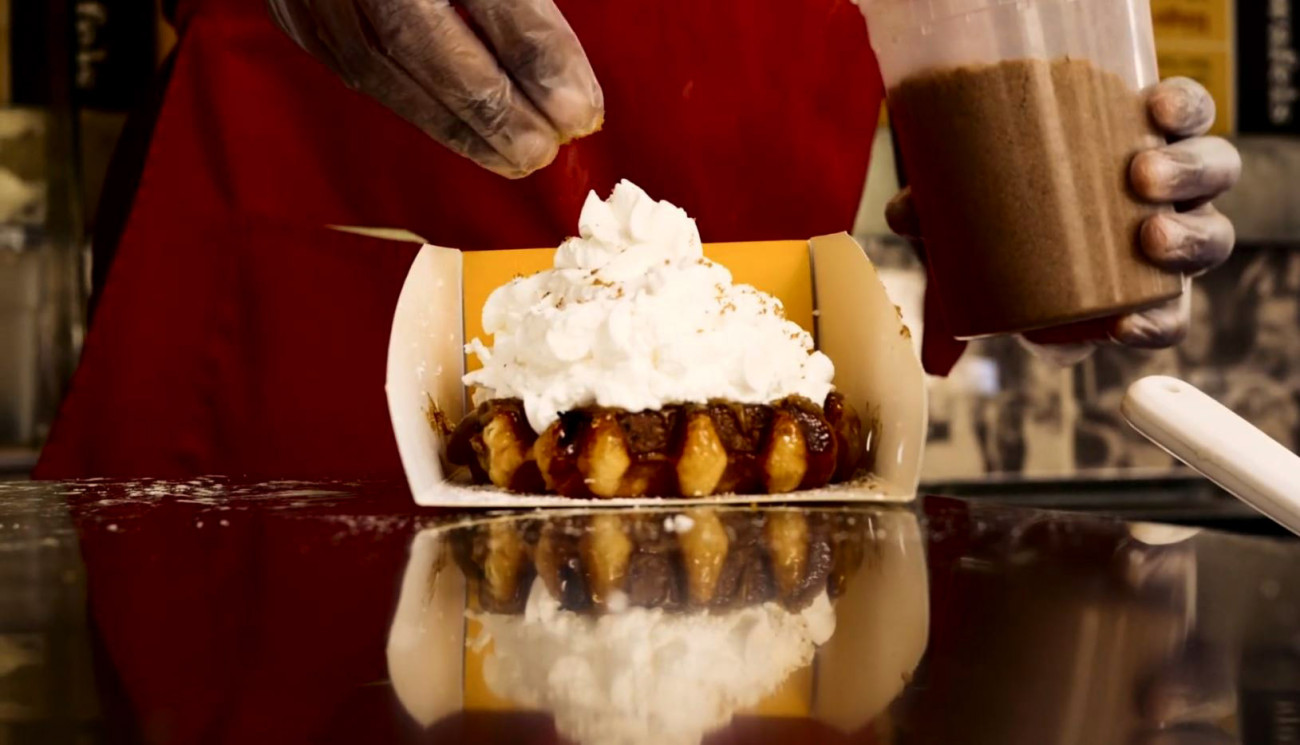
The trend came to Germany via the U.S. In New York, only “flagship” street food carts existed at first. Later, mobile factory cafeterias came about, supplying the workers with affordable fast food. With the waves of immigration to the U.S., people from diverse countries and with all types of different cultural backgrounds came to New York. All of them brought their own influences to the city, also in terms of food. At an early stage, the flavors of all continents, cultures and cuisines spread throughout the streets of the metropolis. These flavors attracted people to the street carts in the shadows of the proliferating skyscrapers. From the big cities like New York and Los Angeles, street food started a triumphal march across the entire U.S.
While “fast” and “cheap” were enough for people at the beginning, their palates started to long for fancier taste experiences. The street vendors satisfy this hunger. This is why clerks and workers wait in lines in front of the trucks all across the cities. There, they get unique food which is giving them more than any cheap burger ever could. Of course, the hot dog, kebab, pretzel and others are part of this street food scene. But the new generation of vendors conjures up a much wider menu from their chef’s hats: sandwiches with “pulled pork” as smooth as butter, deliciously-filled tortillas served on banana leaves or Falafel as fresh as in the Middle East.
The vendors mainly attach value to sophistication and individuality. This is exactly what the team at Korilla BBQ focuses on. This New York food truck company mixes traditional Korean Kimchi with classical BBQ. And they have figured out exactly why New Yorkers are crazy for street food.
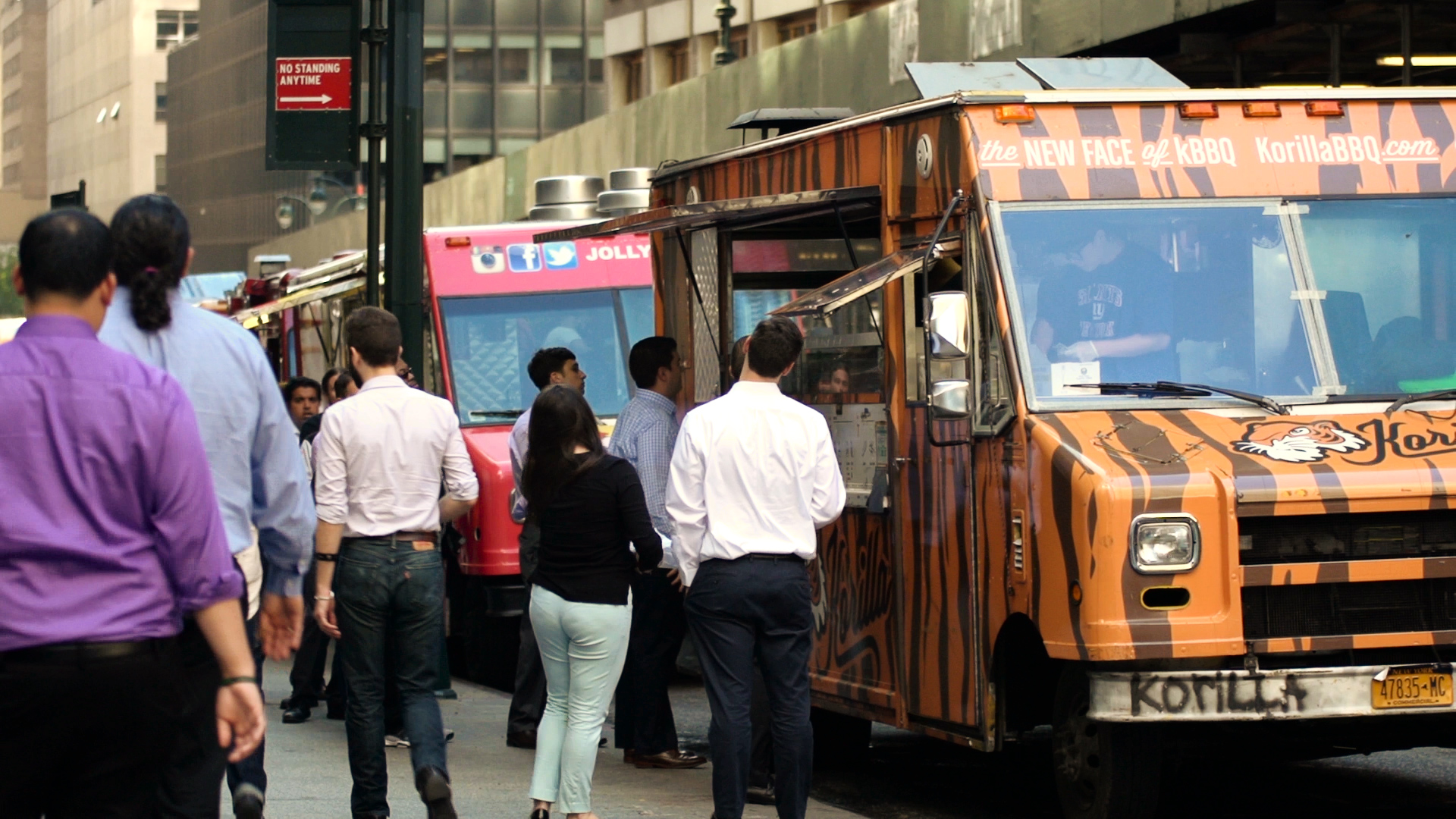
“People of New York, they want things now. They want things today. They want things right in front of them. So the food truck allows us to provide all that – along with a cool experience,” describes Korilla founder Edward Song. For young entrepreneurs dreaming of their own food store, the trucks provide a unique opportunity – mainly because their acquisition is far more affordable than the cost of opening up a traditional restaurant. For Edward Song, his plan worked out. The Korilla truck made his dream come true – in the meantime, a stationary restaurant has become part of the Korilla universe.
It’s hard to imagine NYC without street food. The city and its street vendors are inseparably linked. However, the origin of street food – the place where it all started – is not New York. It’s not even somewhere in the U.S.! The United States is in its street food infancy as compared to one other continent.
In Asia, the carts of street vendors have a long tradition dating back countless years. Inhabitants of cities like Beijing don’t know any other way of living or eating. You eat on the street. “For many people, street food was simply a necessity because they did not have a house with a kitchen. They went out to the street or the market – every day – and they ate what the shops offered to them,” says well-known German food blogger and author Stevan Paul on this background of street food history.

“Street food here in Asia has been around for centuries. It is very common and popular because it’s convenient, affordable and tasty,” states Michael Tsai about the popularity of street food in Asia. In his restaurant “Palms,” Tsai offers meals originating from the L.A. street food scene. That the people of Beijing like leaving their houses for eating has still another reason: “Traditional homes here in China are relatively small. You don’t invite your friends over to your home. You want to eat out.”

On the streets of Beijing, the visitor finds many traditional meals as have always been sold there. Exotic things like insects or “scorpions on a spit” can likewise be found. However, these fancy foods are mainly directed at tourists and are there to thrill their tastes. Yet even in Beijing, which is so conscious in tradition, the scene changes. In a world with ever-closing ranks, new dishes and tastes contribute to the Asian street food variety. People like Michael Tsai, who bring American influences into the food culture, give the best evidence of that development.
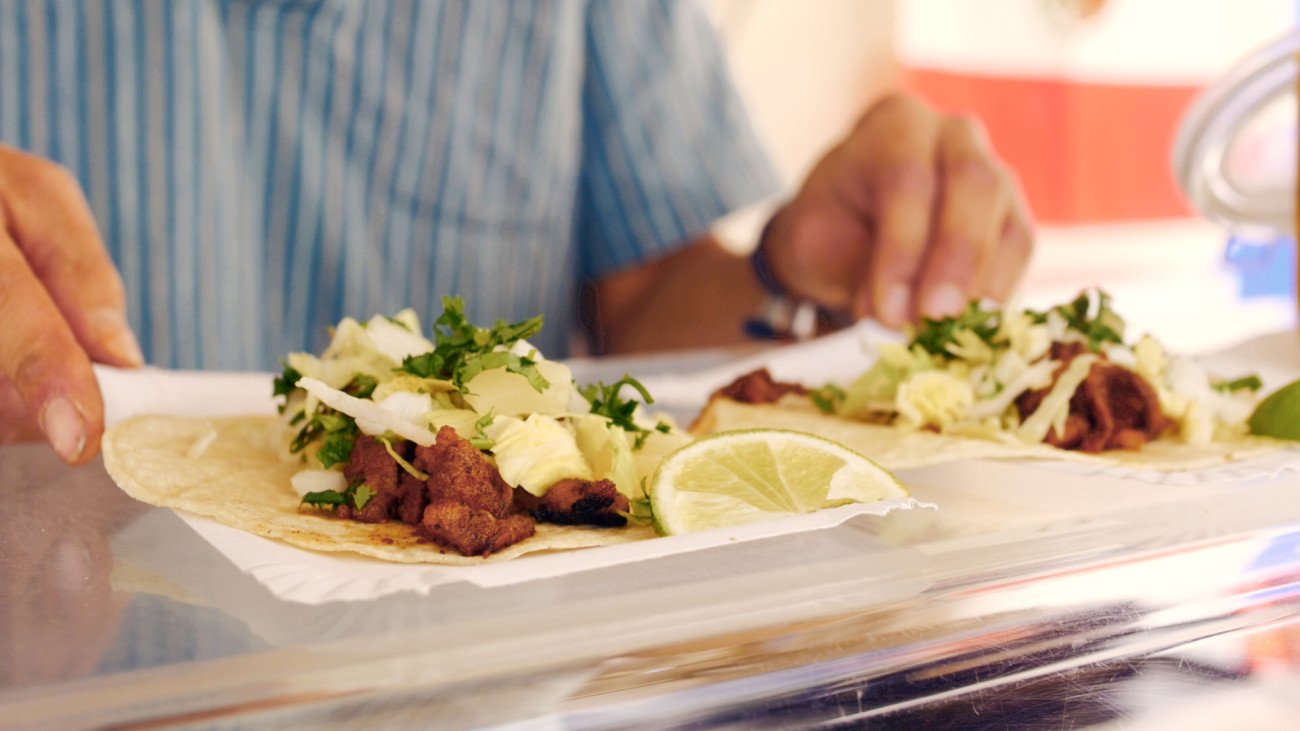
Germany, U.S., Asia – in order to understand exactly where the origins of this “street food fascination” lie, we went on a journey through the stages of the street food movement. We travelled from the current hype in Germany via the trend’s capital in New York to its very roots in Asia. In Berlin we looked around at “Street Food Thursday;” in New York City we accompanied a fast food truck for a whole day and visited the Vendy Awards ceremony, the “Oscars” of this scene. In order to have a glance into Asian street cuisine, we went to a typical Beijing market with a street food expert and ate there as well.
It was a long journey, at the end of which we wanted to understand: where does this hunger come from? Because it is, as Kenneth Ian MacDonald, professor at the University of Toronto and cultural expert states on the topic of street food: “If it’s something that becomes part of people’s daily routine, such as when good, original, quality food is being served on the street, then that speaks to a very exciting future.”
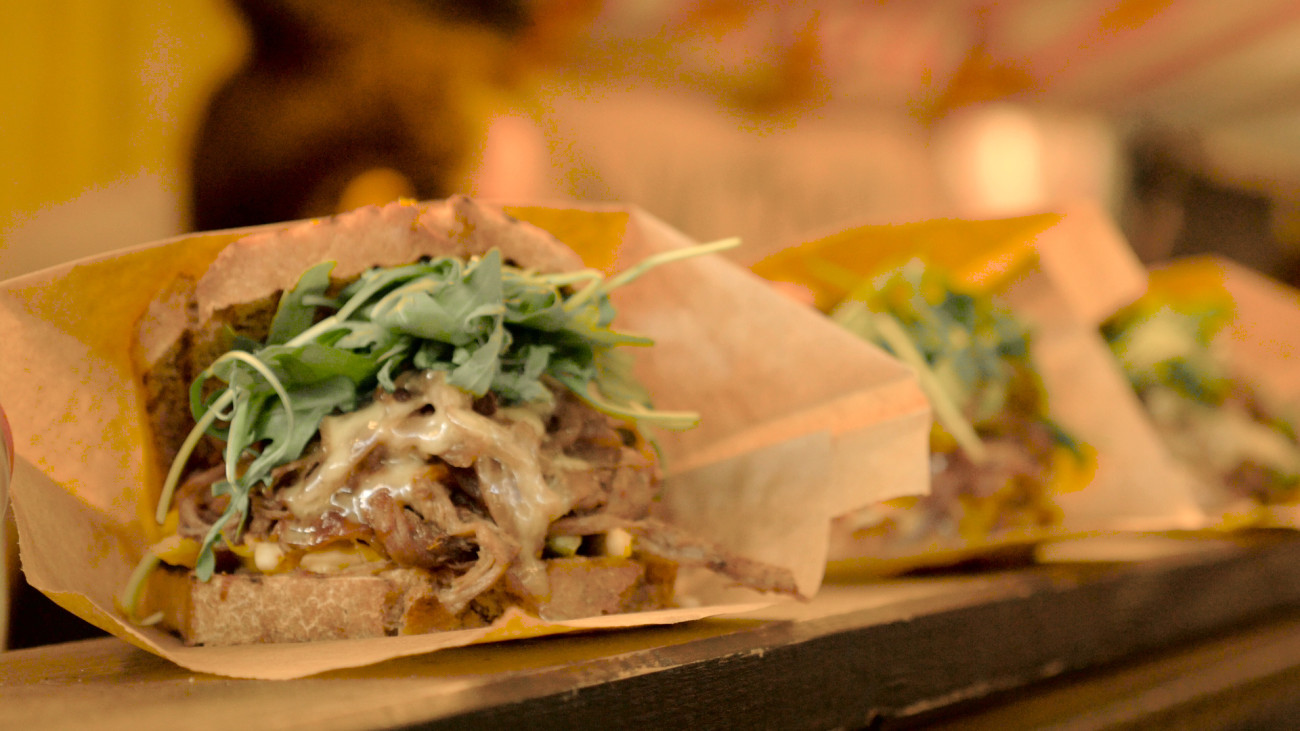

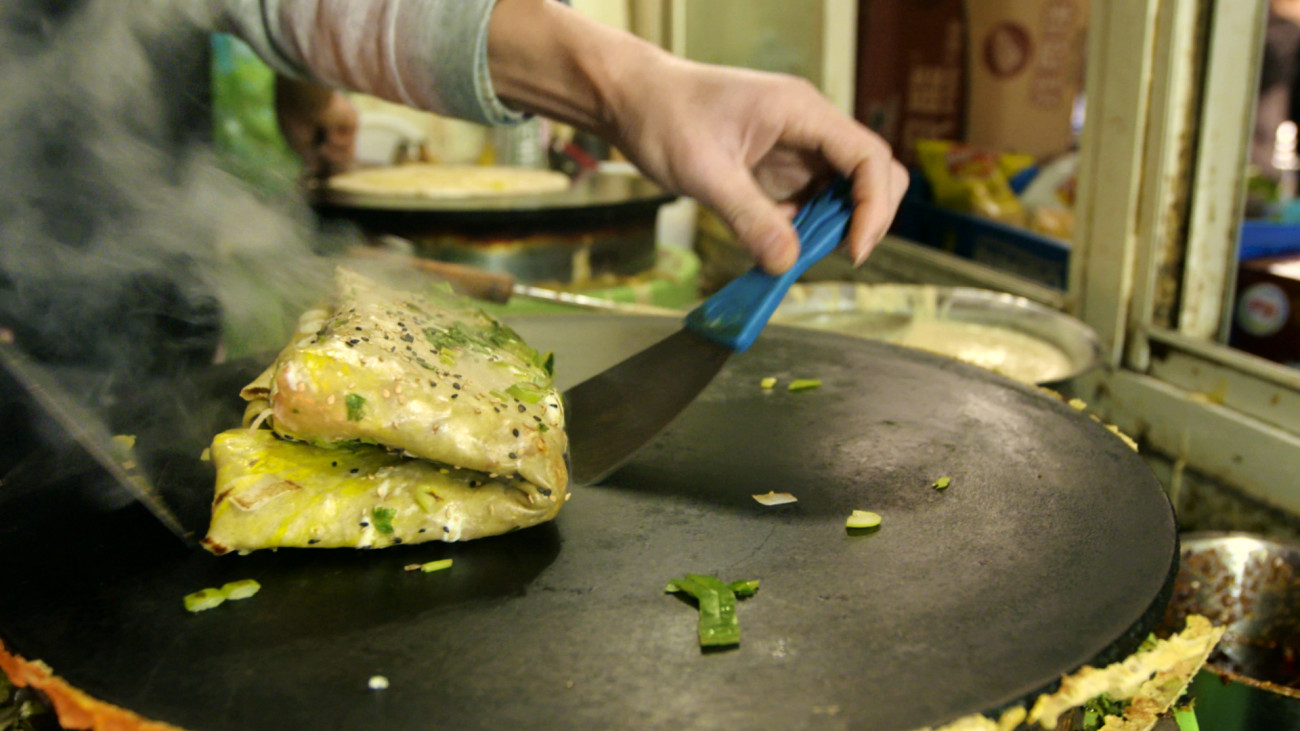

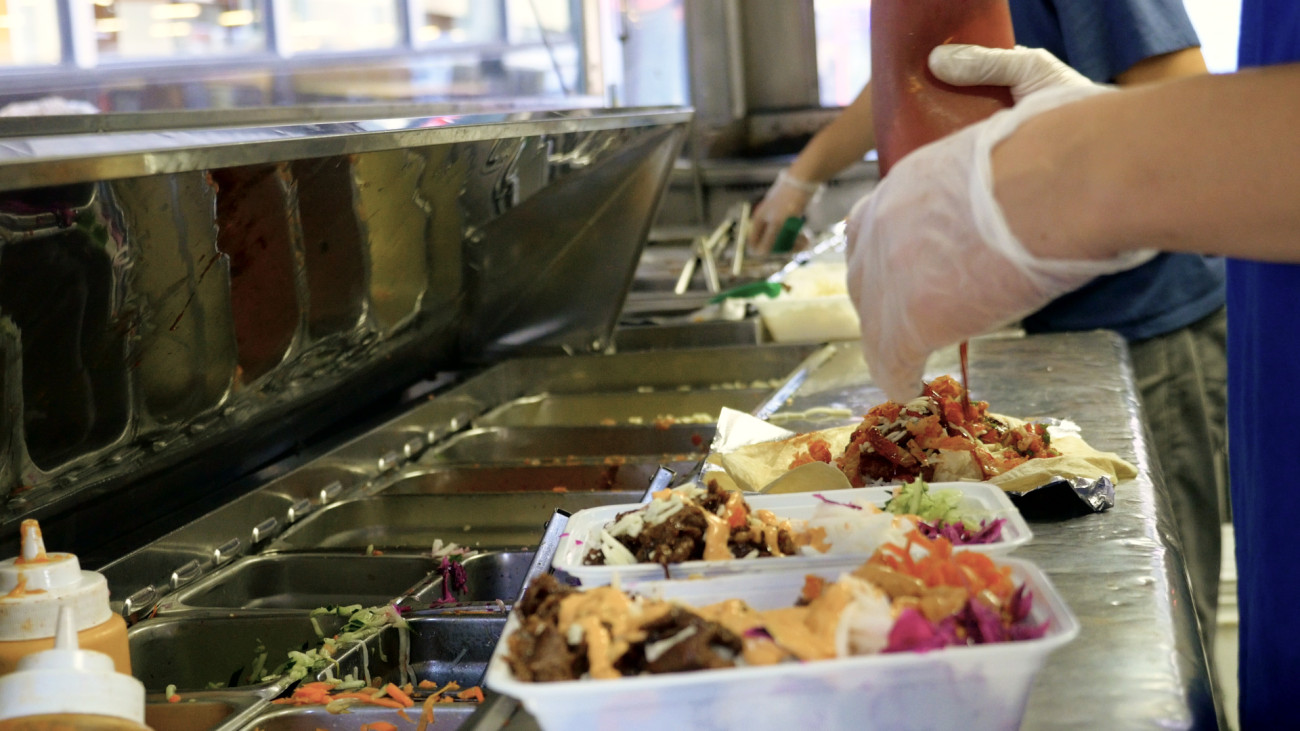



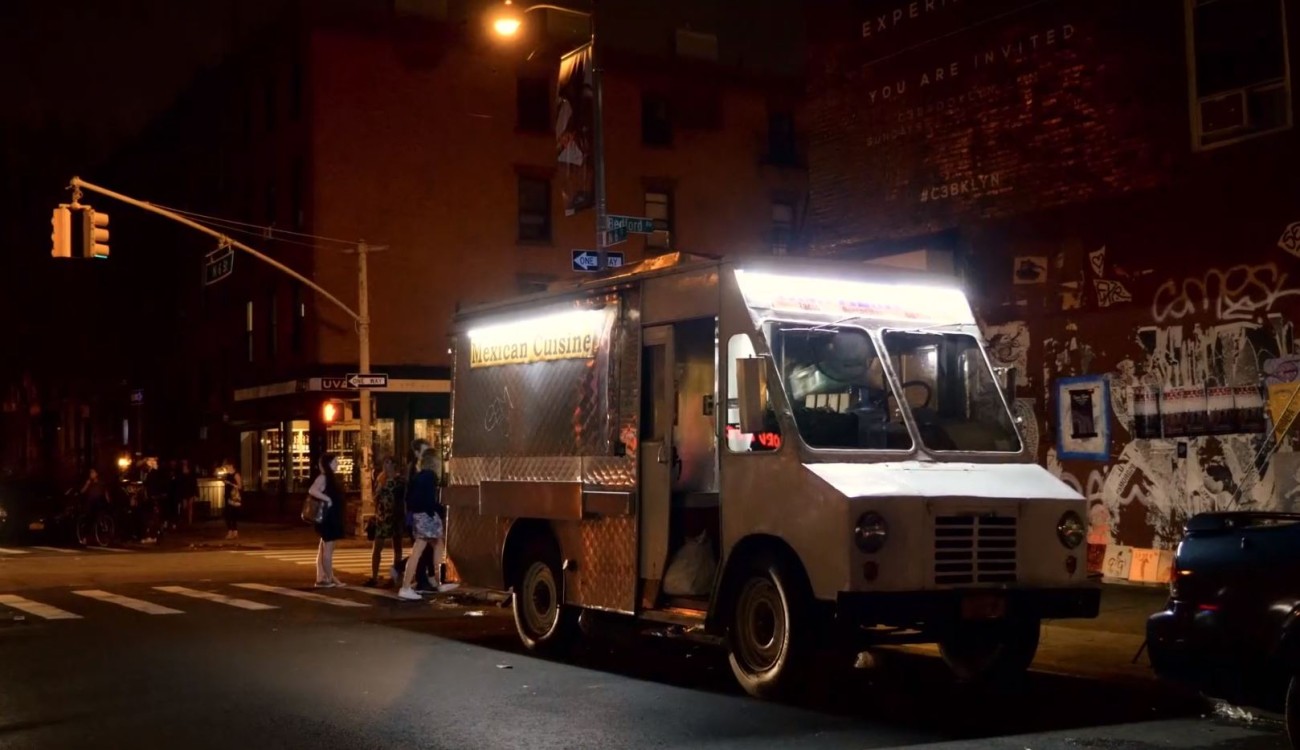
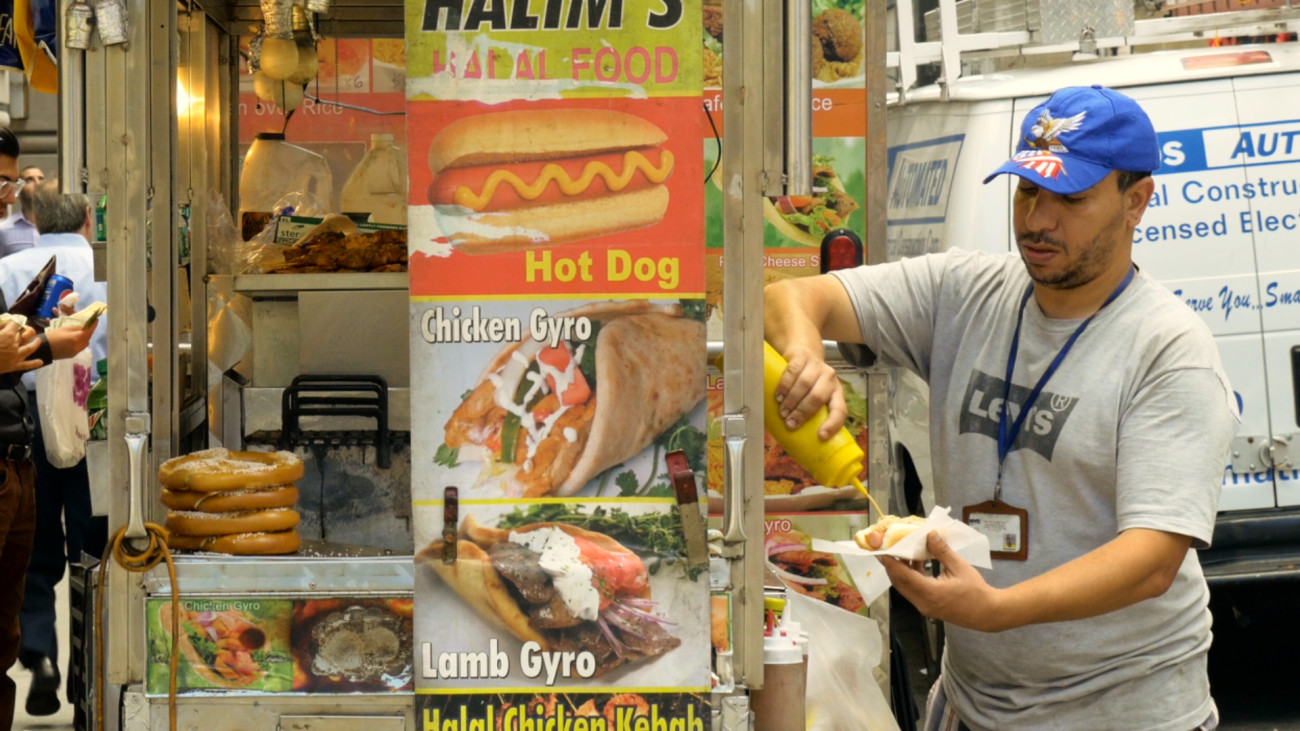
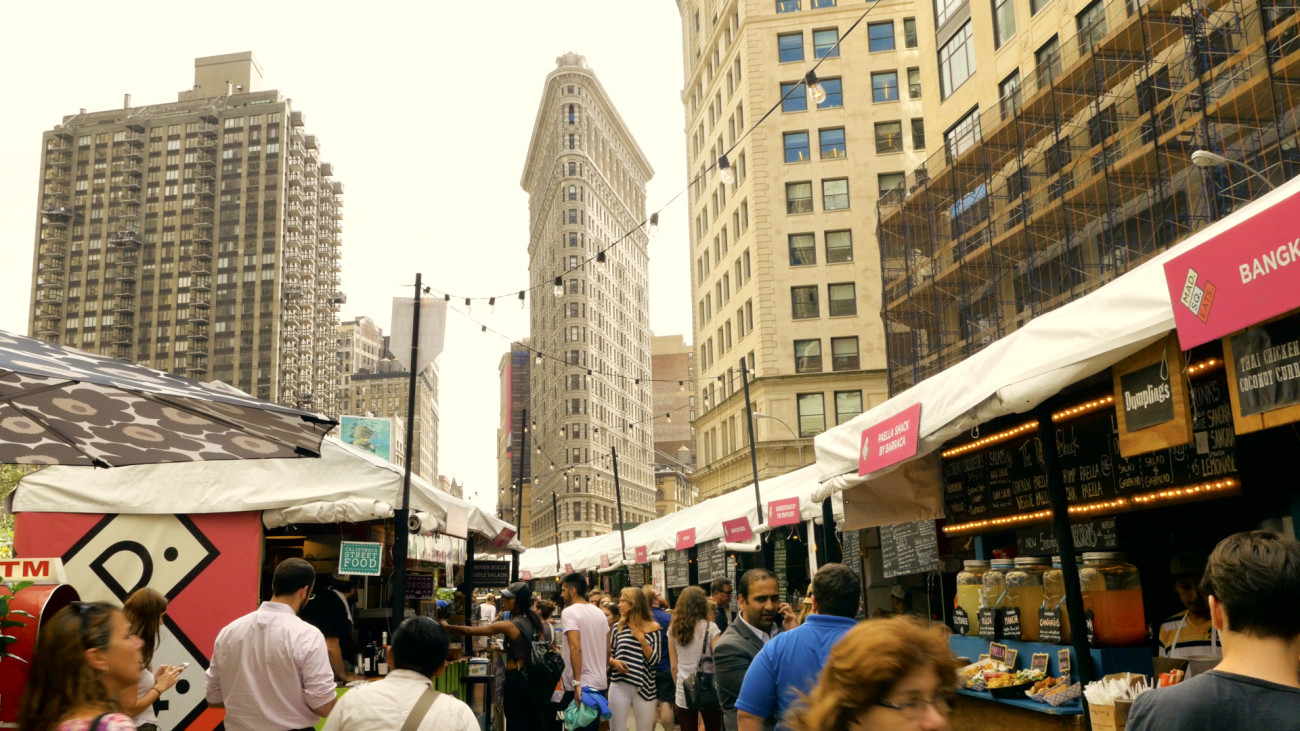
Wer noch mehr über die deutsche Street-Food-Szene erfahren möchte, findet bei Men’s Health eine Liste von Detschlands besten Foodtrucks.


